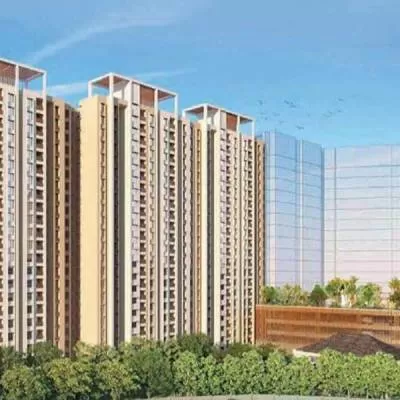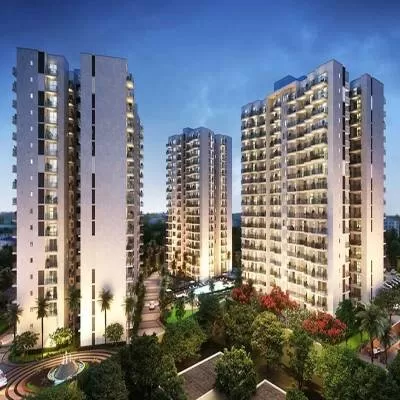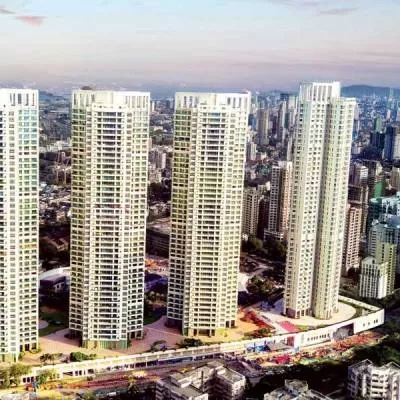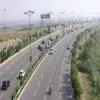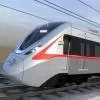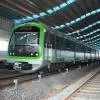Reviving the Glory of Dravyavati
01 Apr 2019
20 Min Read
Editorial Team
A landscape park, experience centre and cycling tracks with over 130 mld STP capacity, the Rs.14.71-billion Dravyavati Rejuvenation Project in Jaipur is an example for all states in India that face open drainage and sewage problems....
Read full article
Try CW Gold Subscription at 167/Month
CW Gold Benefits
- Weekly Industry Updates
- Industry Feature Stories
- Premium Newsletter Access
- Building Material Prices (weekly) + trends/analysis
- Best Stories from our sister publications - Indian Cement Review, Equipment India, Infrastructure Today
- Sector focused Research Reports
- Sector Wise Updates (infrastructure, cement, equipment & construction) + trend analysis
- Exclusive text & video interviews
- Digital Delivery
- Financial Data for publically listed companies + Analysis
- Preconceptual Projects in the pipeline PAN India


